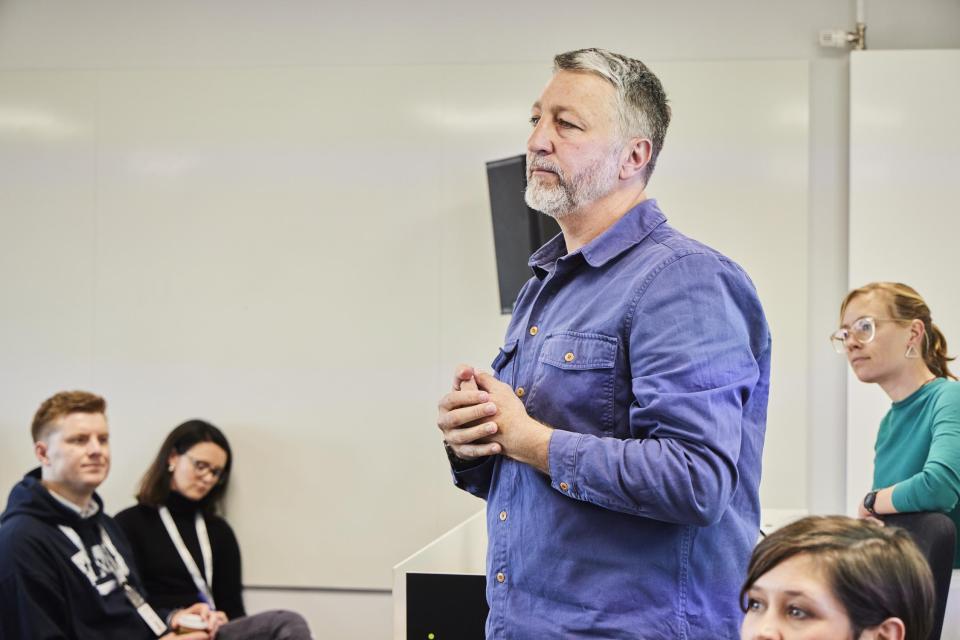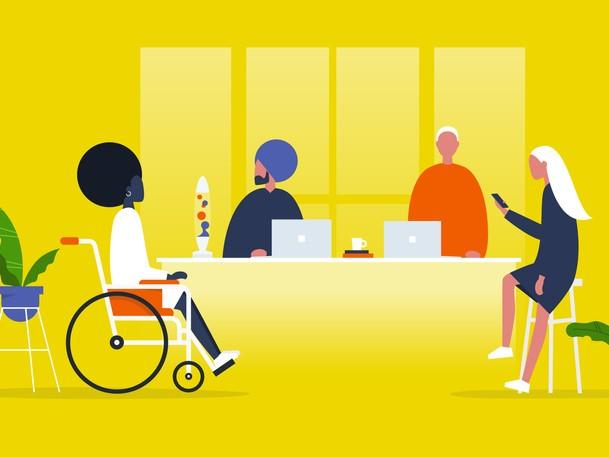As universities make the transition to digital learning, many find themselves evaluating the role of online versus face-to-face teaching – and how a functional blend of the two approaches might be conceived.
At a session held during THE Digital Universities UK 2023, representatives from digital education Unthinkable and QA Higher Education met to discuss the role of digital platforms in creating blended student learning experiences.
A qualitative study undertaken by Unthinkable and QA Higher Education last year found that UK mature students value high contact time with lecturers and tutors but need flexibility to fit their studies around work and family. “It means that when they do have contact time with their tutors, it’s really precious…[and] that’s what represents value for money on their courses,” said Vivien Gilles, deputy dean of teaching and learning at QA Higher Education.
“Going fully digital doesn't appeal to them,” Gilles said. “They feel that in order to be motivated, they really need to have that face-to-face campus time…Being on campus represents a quiet place for them to study.”
The team found that consistency in students’ learning experience was also an important factor. “Students need to know that there's a reason why they’re doing something online,” said Monty King, an associate at Unthinkable. “That might be preparing for something in person, so they feel like there’s a seamless learning experience.”
The recent Covid-19 pandemic highlighted this along with the need for planning ahead, King said, since the “emergency response teaching during the pandemic” did not provide a seamless learning experience for students.
Digital learning is set to become ever more central to higher education, Gilles and King agreed, and yet a more recent survey of UK adults aged 20 to 30 conducted by QA Higher Education found that 37 per cent of prospective UK mature students are concerned they don't have sufficient digital skills.
QA Higher Education is rethinking the way it delivers online learning to students by adopting a blended learning approach, taking into account the core needs of these mature students. The new approach is based on three principles: back to the drawing board, which consists of rethinking course design from the ground up to make the most of different modes of learning; cross-functional working, which brings in skills and experiences; and agile execution, testing ideas and products in real-time with real students who can offer feedback.
As part of the group’s research into building assessment into blended learning products, King said: “We’ve also started looking at how to use generative AI to help with that – rather than just banning it, actually thinking about how it can be incorporated into assessment.”
Ending the session, Kathy Skelton, director of Unthinkable, said the most important aspects of creating an effective blended learning approach was not to “retrofit” previous platforms, “not trying to lift and shift something that already exists”.
“We’re giving ourselves a bit of space to rethink the way that modules and courses are designed so that we can be sure that we’re making the most of all of these different modes of learning,” she concluded.
Find out more about QA Higher Education.


comment